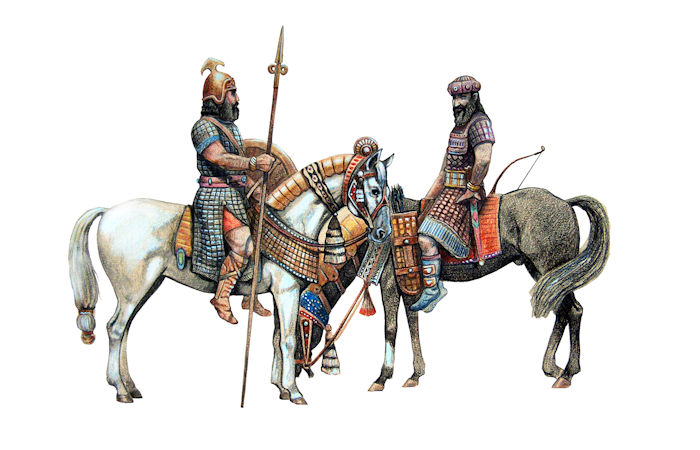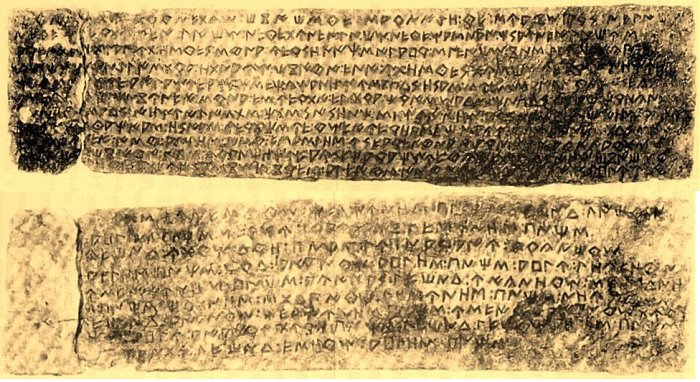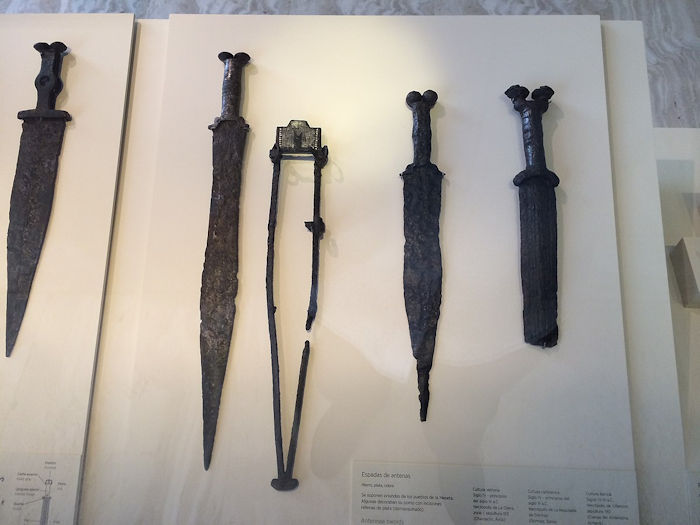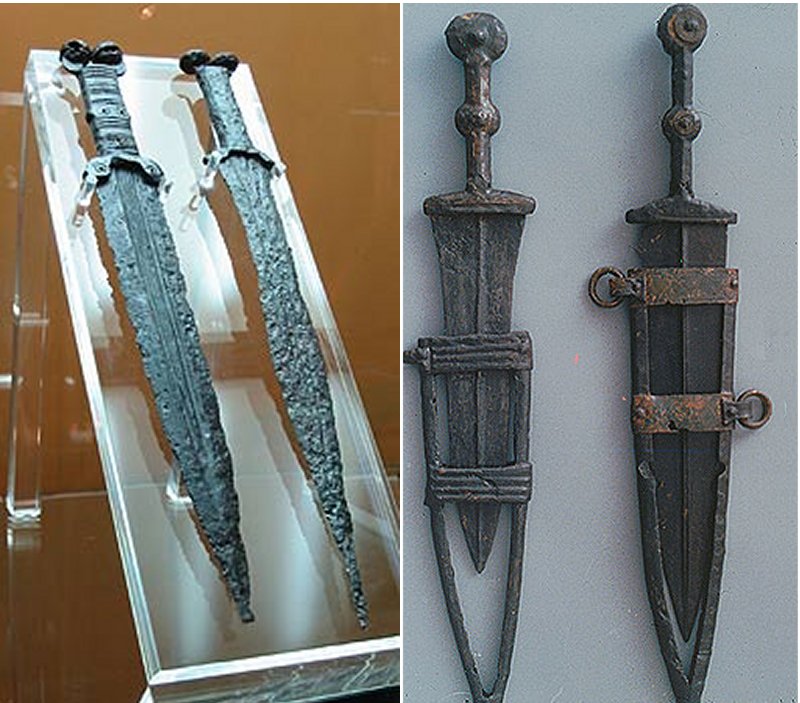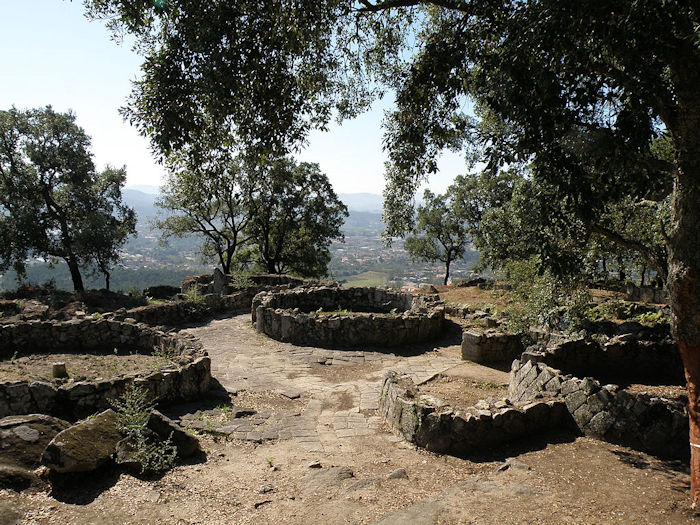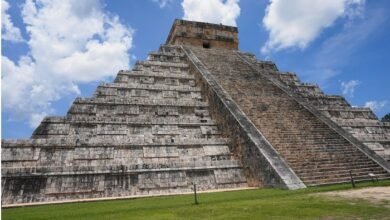Celtiberians: Intriguing Martial Culture And Their Skilled Warrior Infantry

A. Sutherland – AncientPages.com – Celtiberians -tribes of mixed Iberian and Celtic origin – inhabited an area in the central-northeastern Iberian Peninsula during the final centuries BC.
‘Celtiberi’ is Roman, and the Iberian Peninsula was Roman – Hispania.
Credit: Adobe Stock – Lunstream
The Celtiberians evolved from a tribal to a city-based culture. Still, it is difficult to estimate the degree of Celtic ancestry among them and other tribes that occupied the Iberian Peninsula.
The Celtiberian culture was strongly influenced by contacts with the Iberians in eastern and southern Spain, who traded widely with Phoenicians, Greeks, Carthaginians, and Romans.
Ancient historical sources confirm that the Celtiberians were friendly and hospitable but also had a warlike nature.
They had a tradition of duels between champions, according to which a warrior dedicated his life to his chief. Celtiberian warriors enjoyed a reputation as the finest warriors of their time; they also became famous as talented cavalrymen, riding the local breed of horse known as Lusitano.
Brown tiles from Botoritta. Author unknown – Public domain. source – Titus
The Celtiberians produced wheel-made pottery and stone sculptures. They were skilled metalworkers, crafting valuable objects, such as brooches, bangles, neck rings, horse bits, daggers, and shield fittings, which confirm the warlike nature of the Celtiberians.
In Botoritta, a village near Zaragoza, archaeological excavations revealed bronze tiles dating from the 2nd century BC. The content of the Celto-Iberian inscriptions engraved on them is impossible to understand. However, this is believed to be some agreement containing many names.
The alphabet used to write the tablet consists of mixed Greek and Phoenician characters.
The Romans later adopted one of their inventions, the two-edged Spanish sword. The typically ‘Roman’ weapon was the Gladius Hispaniensis (‘Spanish Sword’), constructed in the same way as traditional weapons of the Celtiberian warriors.
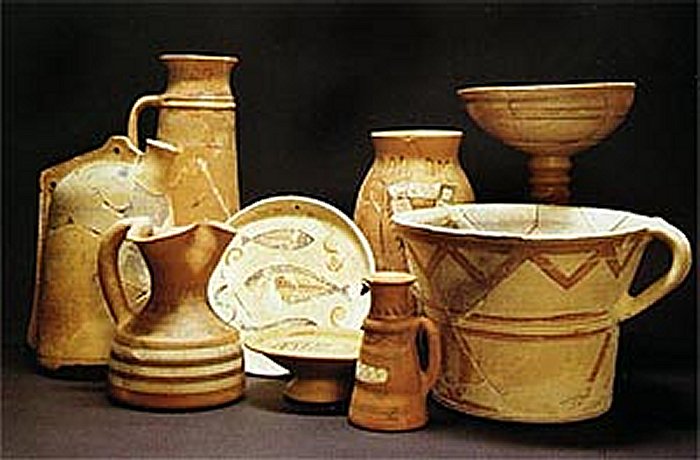 Celtiberian pottery with polychrome painting from Numantia (Soria). (After Jimeno et al. 2002). Image credits: Center for Celtic Studies, University of Wisconsin-Milwaukee
Celtiberian pottery with polychrome painting from Numantia (Soria). (After Jimeno et al. 2002). Image credits: Center for Celtic Studies, University of Wisconsin-Milwaukee
Another weapon was the “antenna-sword” with dual knobs on the pommel suggesting antennae, typical of Celtic Europe regions.
During Carthaginian expansion into the Iberian Peninsula, about 575 BC, the Celtiberians were mainly armed with swords, spears, and a small round shield. Additionally, some of them used bows or axes in battles. Carthaginians often hired these warriors, but they also bravely fought in the so-called ‘fiery war.’
Celtiberian Antenna sword. Credit: Swadim – CC BY-SA 4.0
It was the war.
‘so remarkable was the uninterrupted character of the engagements….The engagements as a rule were only stopped by darkness, the combatants refusing either to let their courage flag or to yield to bodily fatigue, and ever rallying, recovering confidence and beginning afresh.
Winter indeed alone put a certain check on the progress of the whole war and on the continuous character of the regular battles so that on the whole, if we can conceive a war to be fiery it would be this and no other one…” Polybius wrote in his work ‘The Histories” (XXXV.1).
Left: Celtiberian antennas swords. Image credit: Carlos Bartolomé – CC BY-SA 4.0; Right: Celtiberian biglobular daggers. Image credit: Carlos Bartolomé – CC BY-SA 4.0;
The Celtiberians played a significant role in the Second Punic War. Allied with the Carthaginians, they crossed the Alps under Hannibal. After the defeat of Carthage, the Celtiberians surrendered to the Romans in 195 BC. Between 182 and 179 BC, T. Sempronius Gracchus was assigned to pacify many strife-torn and separate Celto-Iberian tribes.
Finally, the most significant was the war with Sertorius, a Roman general and statesman who led a large-scale rebellion against the Roman Senate on the Iberian Peninsula. It took place in 79-72 BC and was the last large-scale manifestation of resistance of the Celtic cities against Roman domination.
Celtiberians’ stronghold Citânia de Briteiros. Credit: TarichaRivularis – CC BY-SA 3.0
Some scholars argue that the Celtiberians were, to some extent, culturally related to the Caucasian Iberians (the territory of present-day eastern Georgia).
Celtiberian skilled warriors resisted Rome until around 133 BC when Carthage was destroyed in the Third Punic War of 149– 146 BC.
As a result, the Romans owned the region, which remained a Roman province until the fall of the Empire.
For ten years, the Romans were engaged in brutal battles in one of the most challenging areas of the Iberian Peninsula, where Celtiberian guerrilla methods were difficult to fight. In 27 BC, the Romans finally managed to pacify the Peninsula and the Celtiberians. Hispania remained a Roman possession until the fall of the Empire.
Written by – A. Sutherland AncientPages.com Staff Writer
First version of this article was published on March 29, 2023
Copyright © AncientPages.com All rights reserved. This material may not be published, broadcast, rewritten or redistributed in whole or part without the express written permission of AncientPages.com
Expand for references
References:
A. Curchin, Roman Spain
Center for Celtic Studies, University of Wisconsin-Milwaukee
J. Dougherty, Celts

